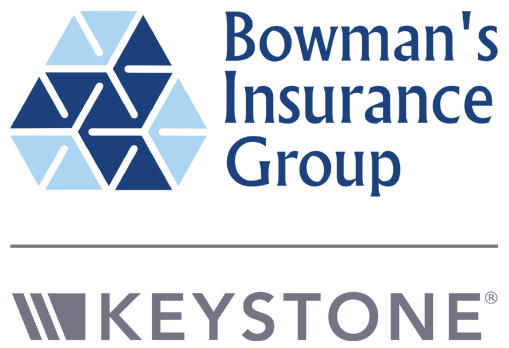
Flooding is a serious concern for many homeowners in Pennsylvania. Understanding whether your house is in a flood zone is crucial for safety, insurance planning, and peace of mind. In this guide, we’ll walk you through simple steps to determine your property’s flood zone status.
What Are Flood Zones?
Flood zones are geographic areas defined by their risk of flooding. These zones are identified and classified by the Federal Emergency Management Agency (FEMA). Flood zones range from low-risk areas to high-risk zones where flooding is more likely.
- High-Risk Zones: Known as Special Flood Hazard Areas (SFHAs), these include areas labeled with codes like A, AE, or VE.
- Moderate- to Low-Risk Zones: Identified as zones B, C, or X, these have a lower chance of flooding.
- Undetermined Risk Zones: Zone D indicates areas where flood risks have not been fully assessed.
Knowing your flood zone can help you make informed decisions about flood insurance and emergency preparedness.
Why Knowing Your Flood Zone Matters
Understanding your flood zone has several benefits:
- Flood Insurance Requirements: Homes in high-risk flood zones are often required to have flood insurance if the property has a federally backed mortgage.
- Property Value: Flood zone status can influence the market value of your home.
- Safety Planning: Knowing your flood risk helps you prepare for potential flooding.
How to Check if Your House is in a Flood Zone
1. Use FEMA’s Flood Map Service Center
The FEMA Flood Map Service Center is the most reliable resource for checking flood zones. Here’s how to use it:
- Visit the FEMA Website: Go to https://msc.fema.gov.
- Enter Your Address: Use the search bar to type in your home address.
- View the Flood Map: The map will show your location with flood zone details. Look for zone codes like A, AE, or X to understand your risk level.
- Download the Map (Optional): You can save the map for your records or share it with your insurance provider.
2. Check with Local Government Offices
Local government offices often have floodplain managers or resources to help homeowners assess flood risks. Contact your county or city planning department to request flood zone information specific to your property.
3. Consult Pennsylvania’s Flood Risk Information
The Pennsylvania Department of Environmental Protection (DEP) provides tools and resources for residents to understand flood risks. Visit the DEP’s website or call their helpline for personalized assistance.
4. Use Third-Party Mapping Tools
There are also private tools and services that provide flood risk information. Websites like FloodFactor (https://floodfactor.com) allow you to search your address for detailed flood risk data, including potential causes like storm surge or rainfall.
5. Contact Your Insurance Agent
Insurance agents specializing in flood insurance often have access to tools and resources for identifying flood zones. They can provide a clear explanation of your property’s flood zone and suggest insurance options.
What to Do if Your House Is in a Flood Zone
If your property is in a high-risk flood zone, take these steps:
1. Purchase Flood Insurance
Flood damage is not covered by standard homeowners insurance. Flood insurance is available through the National Flood Insurance Program (NFIP) or private insurers. Premiums depend on your flood zone and other factors.
2. Elevate Your Home’s Flood Preparedness
- Install Flood Barriers: Use sandbags or temporary barriers during heavy rains.
- Elevate Utilities: Move electrical systems, water heaters, and HVAC equipment to higher levels.
- Seal Basements: Waterproof your basement to minimize water entry.
3. Develop an Emergency Plan
- Identify evacuation routes.
- Prepare an emergency kit with essentials like water, food, and important documents.
- Stay informed through local alerts and weather forecasts.
Flood Zone Changes and Updates
Flood maps are periodically updated based on new data. Your flood zone designation can change due to factors like urban development or improved mapping technology. Stay informed by checking FEMA’s website or subscribing to local updates.
Key Takeaways
- Use FEMA’s Flood Map Service Center as your primary tool for determining flood zone status.
- Contact local government offices or your insurance agent for additional insights.
- If your home is in a flood zone, take proactive steps to mitigate risks, including purchasing flood insurance and preparing your property.
Understanding your home’s flood zone status is essential for safety and financial security. By following the steps outlined here, you’ll be well-prepared to handle potential flood risks in Pennsylvania.













